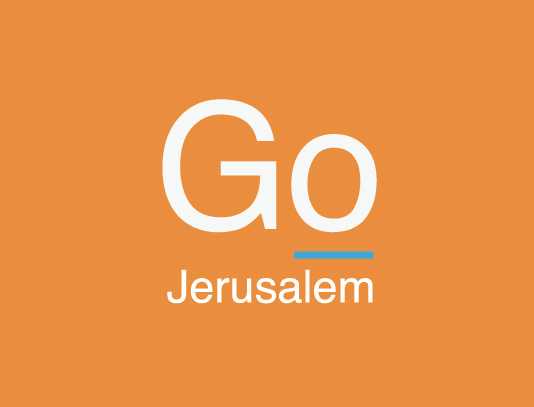Yom HaShoah in Jerusalem

The Jewish people's long and oft-troubled history ensures that moments of
elation are invariably tempered by spectres of past injustices, and
nowhere is this rendered more explicit than the emotional tumult of
Israel's spring holiday season, which lurches from the emancipatory, if
leaven-deprived revelry of Passover to the somber gravity of Yom HaShoah
(Holocaust Day) and Yom HaZikaron (Memorial Day), and then directly into the raucous commemoration of
Independence Day ("Yom Haatzmaut" in Hebrew).
Yom HaZikaron LaShoah ve-LaGvurah (Holocaust and Heroism Memorial
Day), as it is officially dubbed, is the State of Israel's official day
of mourning for the six million Jewish victims of the Nazi regime and
its allies. Israel's founding fathers, uncomfortable with how the image
of Jews as helpless victims of Nazi terror jarred against the Zionist
ideal of an empowered Jewry, added the "ve-LaGvurah" portion to
emphasize episodes of armed resistance during the Holocaust, from Warsaw
to Sobibor. The holiday was originally intended to fall on the 14th of
Nisan, the Hebrew date of the Warsaw ghetto uprising, but as this
happens to be the eve of Passover, the date was moved to fall in the mourning-themed Omer period between
Passover and Shavuot, falling one week before Independence Day.
Yom HaShoah is not a religious holiday, so its observance takes
place largely in the civil sphere rather than in the synagogue. As the
27th of Nisan begins at sundown, politicians, survivors and citizens
gather at Yad Vashem, the state Holocaust memorial and museum, for the
ceremonial lighting of six torches for the six million victims. The next
day is marked by a pervasive melancholy; shops and restaurants are
closed, flags everywhere fly at half-mast, and radio and television
stations replace their normal programming with something appropriately
somber.
At 10:00 in the morning, sirens blare for two minutes across the
entire country and the nation grinds to a halt: People stand still on
the sidewalks, and motorists stop in the middle of the road and get out
of their cars to honor the slain. It is truly unlike any other holiday -
watching the bustling pedestrians of the Ben Yehuda midrechov, or the
frantic traffic on Highway 1, draw to a swift and complete stop is
unforgettable, underscoring both the the enormity of the wound inflicted
on the Jewish people by Nazi genocide and their triumph over it, a once
stateless and nearly eradicated people surviving and thriving in their
own country.
2000+ tips and recommendations
Jerusalem, the city where kings ruled and sultans sat is no stranger to luxury. Today, even the visiting yeoman can find...
Jewish tradition holds that in the times of the First and Second Temples, all the Jewish people would gather in Jerusalem...
Technically, it's possible to visit Jerusalem without going to the Old City, but it would be hard to say you'd...
Looking for a place to begin your morning in luxury and style? Look no further than the American Colony Hotel, which offers...
The faithful may rhapsodize about the spiritual highs to be reached in the Old City; culture cognoscenti groove on the...
Once upon a time, options for eating out in Jerusalem were limited to local common phenomena such as falafel and schwarma,...
No results to show





|
Text text text
|
||